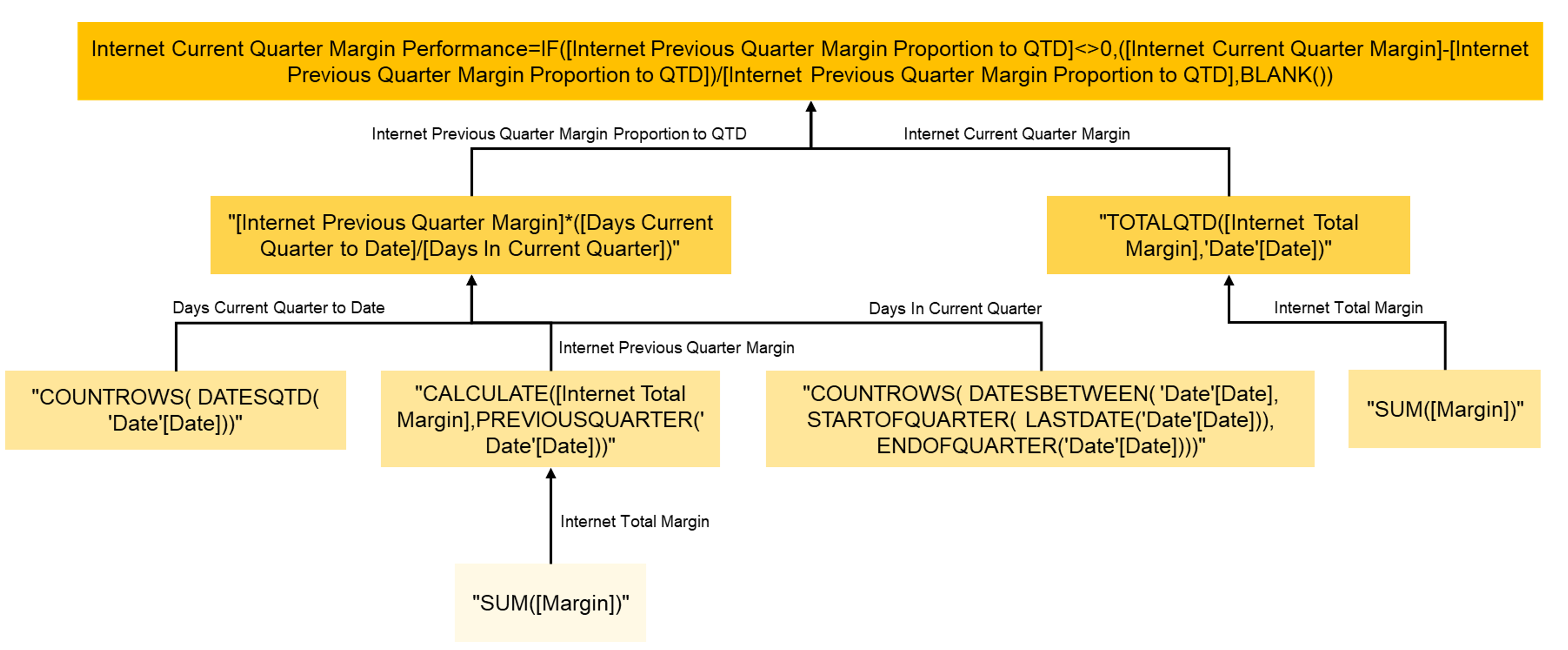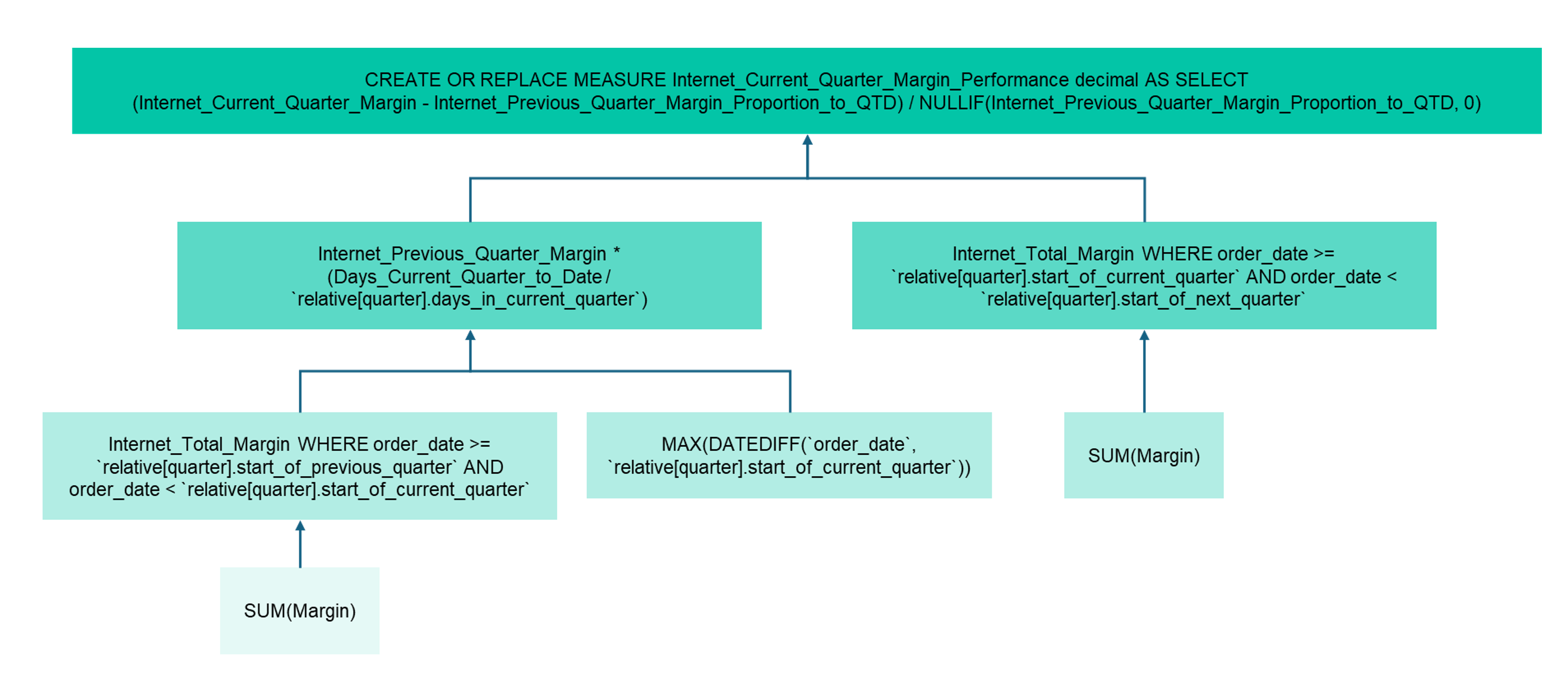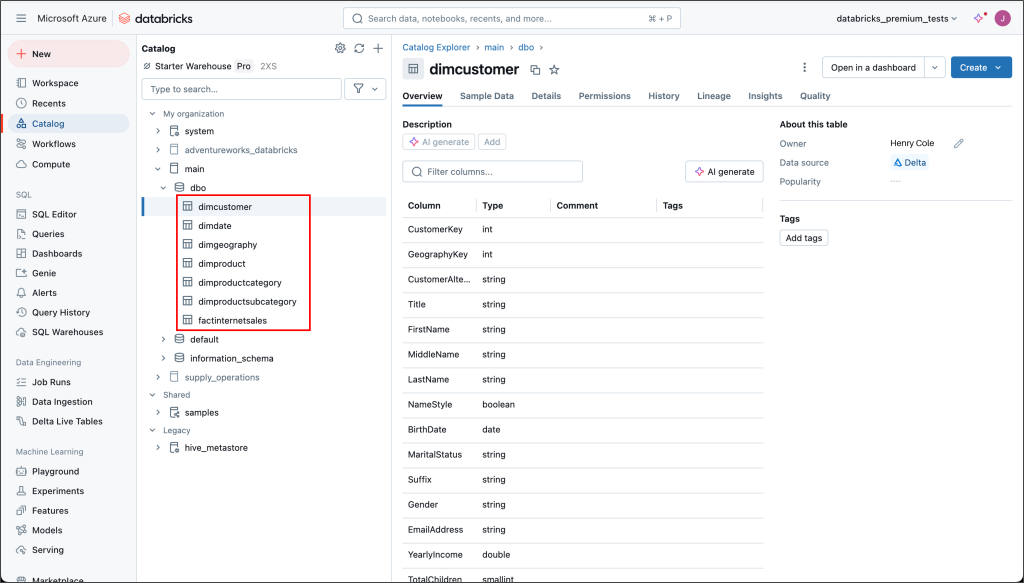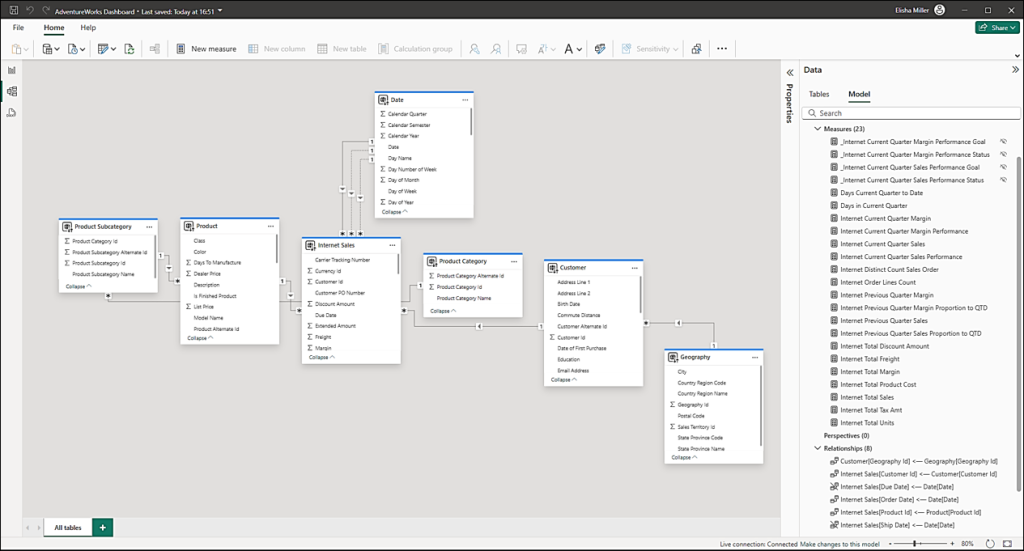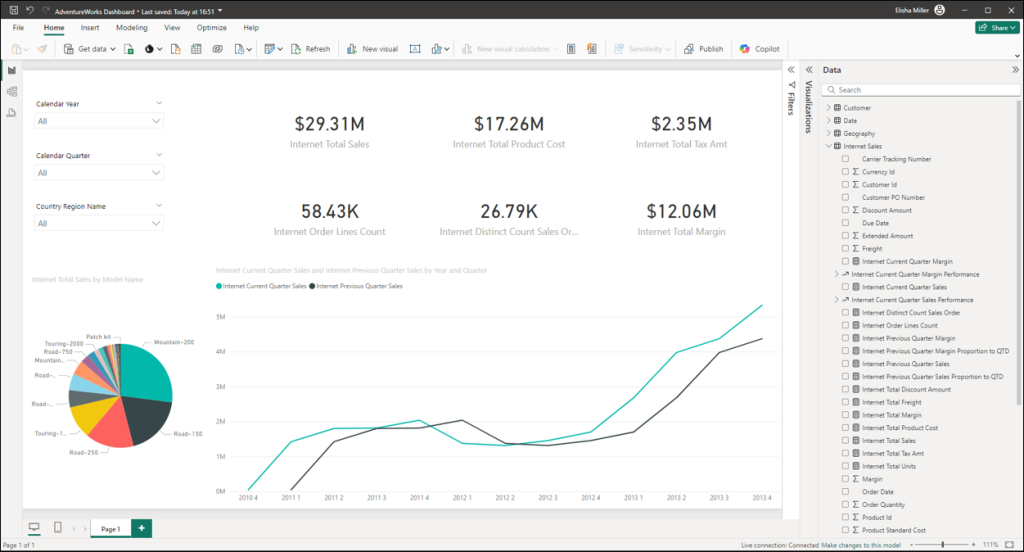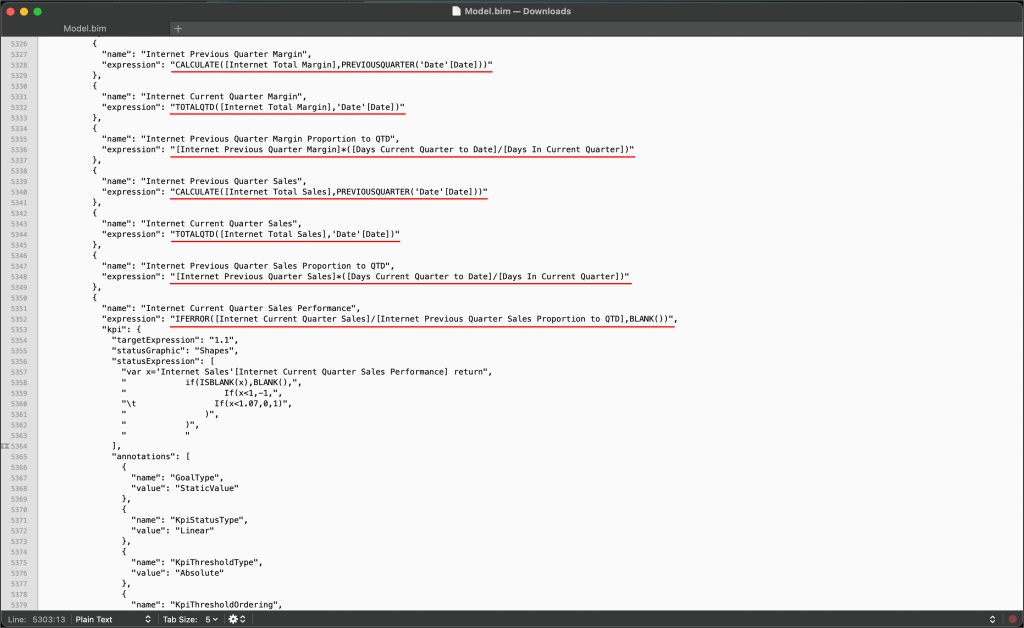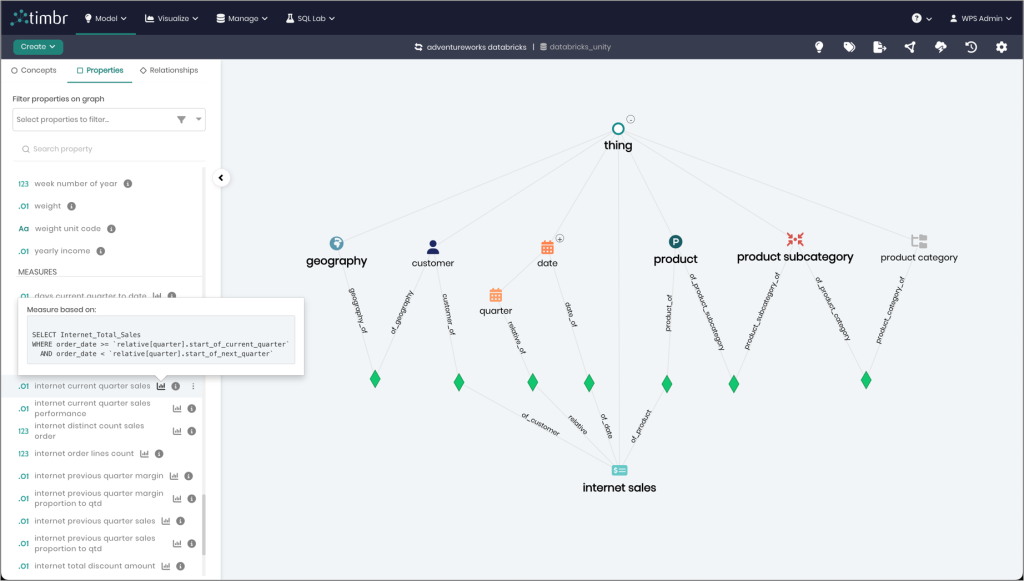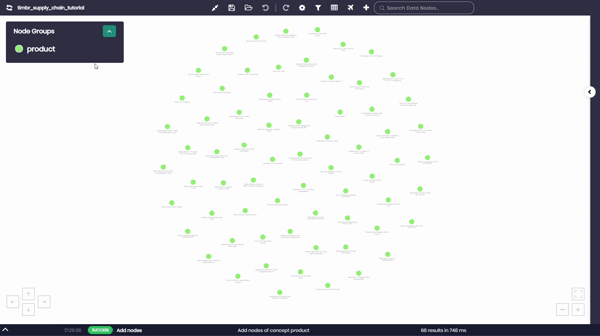For Power BI users, DAX measures have been the go-to approach for defining business metrics within reports and dashboards. However, as datasets grow and analytical demands increase, DAX’s limitations become apparent—especially in terms of performance, complexity, and portability.
By migrating DAX measures to SQL measures, Power BI users can:
Improve query performance by eliminating runtime DAX-to-SQL translations, reducing query overhead.
Reduce query complexity by leveraging SQL native functions.
Enhance maintainability with a widely understood and well-documented query language.
Ensure portability by defining metrics in SQL, making them seamlessly usable across different analytical tools and environments.
In this post, we’ll walk through a structured process that allows Power BI users to transition smoothly from DAX to SQL-based measures, maintaining full compatibility with Power BI while leveraging the power of SQL.
Why Replace DAX with SQL?
While DAX is powerful, it presents several challenges:
Proprietary & Specialized – DAX is unique to Microsoft, requiring specific expertise that may not be widely available within data teams.
Difficult to Debug – Unlike SQL, which has mature debugging and documentation tools, DAX can be challenging to troubleshoot.
Performance Overhead – Since DAX relies on runtime translation to SQL when querying databases, it often results in inefficient query execution.
By shifting from DAX-based to SQL-based measures, Power BI users gain better control over their data models while retaining full compatibility with Power BI’s advanced visualization and reporting capabilities.
Comparing DAX and SQL Measures
DAX-Based Measures:
- Built using proprietary Microsoft functions.
- Require runtime translation into SQL when executed in the database.
- Often result in multiple inefficient queries.
- Need a deep understanding of DAX syntax and functions.
SQL-Based Measures (After Conversion):
- Use native SQL functions from the underlying database (e.g., Databricks, Snowflake).
- Execute directly on the database for improved performance.
- Often result in a single efficient query
- Portable and maintainable across different analytical environments.
- Need a common understanding of SQL
The Migration Process: Transforming DAX to SQL Measures
Migrating from DAX to SQL is straightforward. The following four-step process enables Power BI users to convert DAX measures into SQL measures while preserving existing reports and dashboards.
Step 1: Extract the Power BI Semantic Model
- Power BI semantic models store relationships and measures using DAX expressions.
- Users can extract the model from Power BI as a .bim file, which contains all the relationships and measure definitions.
Step 2: Convert the Model to SQL in Timbr
- Load the .bim file into Timbr.
- Execute the translation to create a semantic model in Timbr, preserving all the relationships and metrics defined in the .bim file.
Step 3: Connect Timbr to Power BI
- Use the Spark connector to integrate Timbr’s SQL-based semantic model with Power BI.
Step 4: Optimize Performance with Timbr’s Multi-Tier Cache
- Optimize cost-performance by selecting an appropriate cache tier: database, data lake, SSD, or in-memory.
- This ensures high performance with minimal computational overhead.
By following these steps, Power BI users will now see their dashboards, powered by Timbr’s SQL measures, and continue to enjoy their long-term benefits.
Sample Use Case: Databricks + Power BI
To illustrate this process, let’s examine a use case involving Databricks’ AdventureWorks sample dataset connected to a DAX-based semantic model in Power BI.
Tables in Databricks:
The semantic model in Power BI:
- Fact Table: 1
- Dimension Tables: 6
- Relationships: 8
- Measures: 23 (written in DAX)
PowerBI dashboard:
Extracting the .bim File from Power BI:
Power BI allows users to export their semantic model as a .bim file, which includes:
The DAX expressions that define measures and relationships.
The full model structure, making it reusable across different Power BI instances.
Converting DAX Measures to SQL Measures:
After extracting the .bim file, Timbr’s proprietary script automatically translates DAX measures into SQL DDL statements.
DAX Measure:
SQL Measure:
Deploying the SQL-Based Semantic Model in Timbr:
Once converted, the SQL-based measures and relationships are deployed in Timbr’s semantic layer, which provides:
The same tables and relationships from the Power BI model.
SQL Measures now written in SQL enabling more flexible queries.
Caching options to improve query performance and reduce computational overhead.
Connecting Power BI to Timbr (SQL Measures in Power BI):
With the SQL-based model deployed, we reconnect it to Power BI using the Spark Connector, enabling:
- SQL-based measures instead of DAX, with no changes to existing reports.
- The full power of SQL for metric definition and performance optimization.
- Continued use of Power BI with a more scalable and efficient metric system.
Why Power BI Users Should Consider SQL Measures
Transitioning from DAX to SQL brings Power BI users key advantages:
- Performance Optimization – SQL executes directly on the database, reducing query execution times.
- Better Maintainability – SQL is widely understood, easier to debug, and more flexible than DAX.
- Cross-Platform Portability – SQL-based measures can be used across multiple analytics tools and platforms.
- Greater Transparency – SQL calculations are easier to audit, version-control, and govern.
This migration does not require abandoning Power BI—users simply replace DAX with SQL to unlock greater efficiency and scalability.
Final Thoughts: Bringing SQL to Power BI
While DAX has been an essential tool for Power BI users, SQL-based measures offer a faster, more flexible alternative that:
Enhances performance through direct SQL execution
Simplifies debugging and maintenance.
Increases metric portability across platforms.
By leveraging Timbr’s automatic DAX-to-SQL transformation, Power BI users can modernize their semantic models, streamline data operations, and future-proof their analytics.
Tired of DAX limitations? Ready to transform your Power BI metrics with SQL measures?
Start leveraging the power of SQL ontologies today with Timbr and see how it transforms your approach to data modeling and querying.
